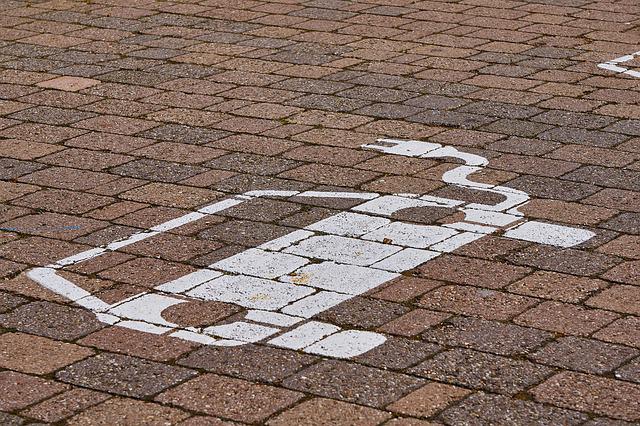
Electric vehicles (EVs) are on the rise. According to the U.S. Energy Information Administration (EIA), EVs and hybrids accounted for 10% of all light-duty vehicle sales in the fourth quarter of 2021 — and there aren’t any signs of them slowing down. Whether you currently own an EV or are planning to buy one, though, you should familiarize yourself with depth of discharge.
What Is Depth of Discharge?
Depth of discharge represents how much power was depleted from an EV’s battery — relative to the battery’s total capacity or the starting capacity — between charging. It’s essentially the depth at which an EV’s battery has been discharged, hence the name.
Some EVs have bigger, more powerful batteries than others. Regardless, lithium-ion (Li-ion) batteries are the universal standard in the EV industry. Depth of discharge is the percentage of an EV’s Li-ion battery that was discharged.
How to Calculate Depth of Discharge
You can calculate depth of discharge by identifying the total or starting capacity of your EV’s battery and the number of kilowatt-hours (kWh) that were consumed between charging it. If your EV’s battery has a capacity of 200 kWh, and it consumed 10 kWh between charging, its depth of discharge would be 50%.
Why Depth of Discharge Is Important
You might be wondering why depth of discharge is important. For starters, it can help you maintain your EV’s battery. Like all Li-ion batteries, EV batteries shouldn’t be completely discharged. Driving your EV until the battery drops to 0% isn’t recommended. Not only will leave it you stranded on the side of the road, but it will shorten the battery’s lifespan.
Driving until the battery drops to 0%, of course, indicates a 100% depth of discharge. The battery has been completely drained relative to its capacity. You can still charge it, but charging Li-ion batteries after they’ve been completely discharged may shorten their lifespan.
Most EVs are now equipped with software to regulate their charging, as well as their discharging, activities. Therefore, you don’t have to worry about damaging your EV’s battery. Nonetheless, you should still be conscious of its depth of discharge.
A high depth of discharge may result in a shorter lifespan for your EV’s battery. A low depth of discharge, conversely, may increase its lifespan.
In Conclusion
Depth of discharge is simply how much power an EV used between charging relative to its capacity. It’s expressed as a percentage. A depth of discharge of 50% means your EV used half of its capacity between charging.

